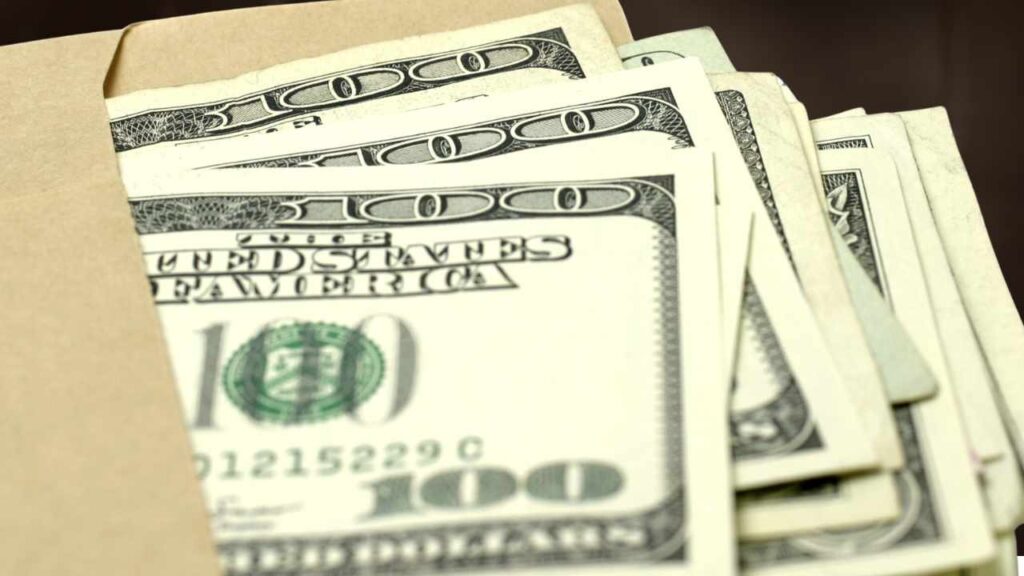In an effort to counter the impact of inflation on residents’ pocketbooks, New York State has begun distributing stimulus checks totaling up to $400 to more than 8 million households. This initiative, dubbed “Inflation Refund Checks,” is the first program of its kind in state history and is part of the state budget for the 2025-2026 cycle.
Announced by Governor Kathy Hochul in September, the measure seeks to return to taxpayers the excess sales taxes paid amid post-pandemic price increases.
Millions of “inflation refund” stimulus checks now on the way
The checks began being mailed at the end of September and will continue to be distributed throughout October and November, in a randomized process that does not follow geographic or ZIP code order.
“This is tangible relief for New York families who have faced difficult years,” Hochul stated in an official statement, emphasizing that the program will benefit 8.2 million households without the need for additional applications for most.
According to data from the New York Department of Taxation and Finance, the payments are based on tax returns for the 2023 fiscal year and are intended for those who filed Form IT-201, the income tax return for residents.
Basic requirements to claim a check
Eligibility is simple but strict: recipients must have reported New York adjusted gross income (line 33 of the IT-201) within certain thresholds and not have been claimed as a dependent on another return. Amounts vary by filing status and income level, with a focus on supporting middle- and low-income households.
For example, a single taxpayer earning up to $75,000 will receive $200, while those earning between $75,001 and $150,000 will receive a check for $150. For married couples filing jointly, the cap is more generous: up to $400 if they earn $150,000 or less, and $300 if they earn above that amount but not more than $300,000.
The same scheme applies to qualified heads of household and surviving spouses, with amounts of $200 or $150 for singles and heads of household in the lower brackets.
How were this checks calculated
This payment structure reflects a precise calculation to mitigate the implicit “inflation tax,” that is, the increase in sales taxes due to rising prices for essential goods like food and housing. “It’s a recognition that inflation has eroded the purchasing power of New Yorkers, especially in cities like New York, where the cost of living is the highest in the country,” explains Cornell University economist Sarah Thompson in a recent interview.
According to estimates by the Department of Revenue, the program will inject more than $3 billion into the state economy, potentially stimulating local consumption at a time when national inflation remains above 3% annually.
Not anyone agree on these stimulus checks
However, it’s not all optimism. Critics, such as Republican state Senate Representative John Liu, have questioned the efficiency of the distribution process, arguing that the randomness could lead to delays and frustration among recipients.
“With 8 million checks at stake, what if your envelope gets lost in the mail or arrives late for October’s bills?” Liu asked during a legislative session last week. Furthermore, the program excludes those who didn’t file taxes in 2023 or exceed income thresholds, leaving out approximately 20% of high-income households.
